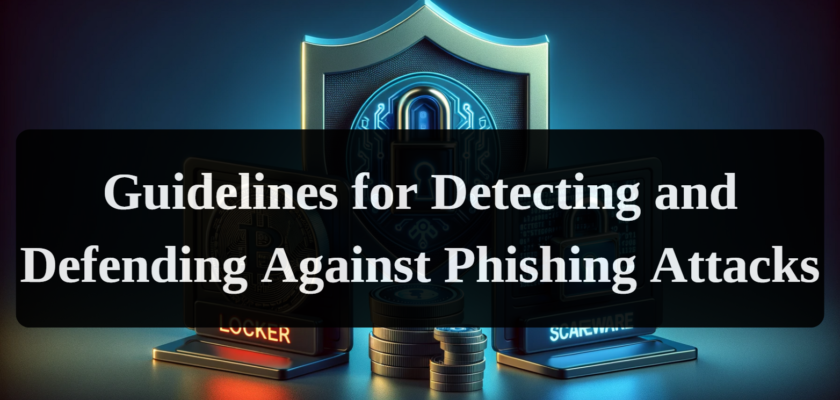Phishing attacks are evolving into sophisticated methods of social engineering, utilizing email, websites, and attachments to collect sensitive information. These deceptive emails often contain links that entice recipients to divulge their login credentials or confidential data, enabling malicious actors to compromise accounts and systems. Understanding the methods and signs of phishing attacks is crucial for safeguarding yourself and your organization.
The Evolution of Phishing
Constant Refinement:
Cybercriminals continually refine their phishing techniques, leveraging advanced technologies and vulnerabilities. They often pilfer genuine correspondence from compromised email accounts and incorporate it into their campaigns to enhance their persuasiveness. The History of Phishing Attacks.
AI-Powered Phishing:
Furthermore, attackers employ cutting-edge tools such as generative artificial intelligence platforms like ChatGPT and Google Bard to craft convincing phishing emails. These AI systems generate plausible content, omitting some of the traditional phishing attack red flags, such as poor grammar and spelling.
Signs of Phishing Emails
Phishing emails often exhibit common characteristics that can help individuals and organizations identify them:
- Sense of Urgency: Phishing emails often create a sense of urgency, compelling victims to act quickly. They may falsely claim an account breach or the need for immediate action to preserve benefits.
- Generic Greetings: Phishing emails typically use generic greetings like “Dear customer” or “Dear user,” as attackers often lack the recipient’s personal information.
- Grammar and Spelling Errors: Despite improvements in language quality in attacks using artificial intelligence, occasional grammatical errors or typos can still indicate a phishing attempt.
- Suspicious Links and Attachments: Phishing emails frequently contain suspicious links or attachments. Hovering the mouse cursor over a link should display its actual URL; if it doesn’t match the sender’s email address or the stated source, it is likely a phishing attempt. Exercise caution when opening attachments from unknown senders.
- Requests for Personal Information: Legitimate companies never request sensitive data such as Social Security numbers, credit card information, or bank account numbers via email. Approach any request for such information with a high degree of suspicion.
Actions to Take Upon Detecting a Phishing Email
If you discover a phishing email, follow these steps to protect yourself:
- Do Not Click: Avoid clicking embedded links and opening attachments in the email.
- Delete the Email: Immediately delete the phishing email to avoid inadvertent interaction with its content.
- Report It: You can also report the identified phishing email to your organization’s IT security department or your email service provider for further investigation.
Additional Personal Security Tips
Enhance your personal online security by following these recommendations:
- Exercise Caution with Unknown Senders: Be cautious when handling emails from unfamiliar senders. If you are unsure about the message’s authenticity, request sender verification.
- Check Links: Avoid clicking on links in emails if you are uncertain about their authenticity. Instead, navigate directly to the company’s website through your browser to log in rather than following a link from an email.
- Use a Password Manager: Utilize a reliable password manager to create and store unique passwords for all your online accounts. This provides an additional layer of protection against phishing.
- Enable Two-Factor Authentication (2FA): Wherever possible, activate two-factor authentication for your online accounts. This adds an extra layer of security by requiring a second form of verification during login.
Protecting Your Organization from Phishing Attacks
Organizations can also take proactive steps to defend against phishing attacks:
- Implement Email Security Measures: Utilize advanced email security tools that can filter out phishing emails.
- Employee Training: Regularly educate employees about the latest phishing schemes and methods for detecting them.
- Phishing Simulations: Conduct periodic phishing attack simulations to assess employee awareness and their responses to phishing threats.
- Incident Response Plan: Develop a comprehensive incident response plan for phishing attacks to effectively address and recover from them.
Conclusion
By following these recommendations, both individuals and organizations can significantly bolster their defenses against phishing attacks, reducing the risk of falling victim to this deceptive threat. Remain vigilant and informed to stay one step ahead of cybercriminals.

